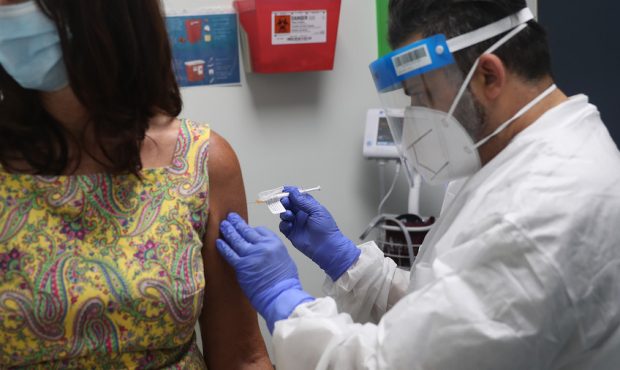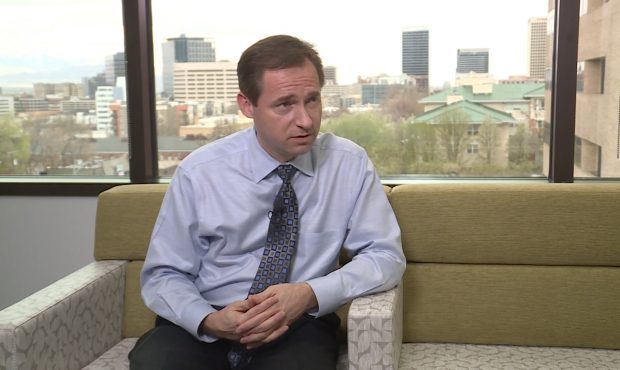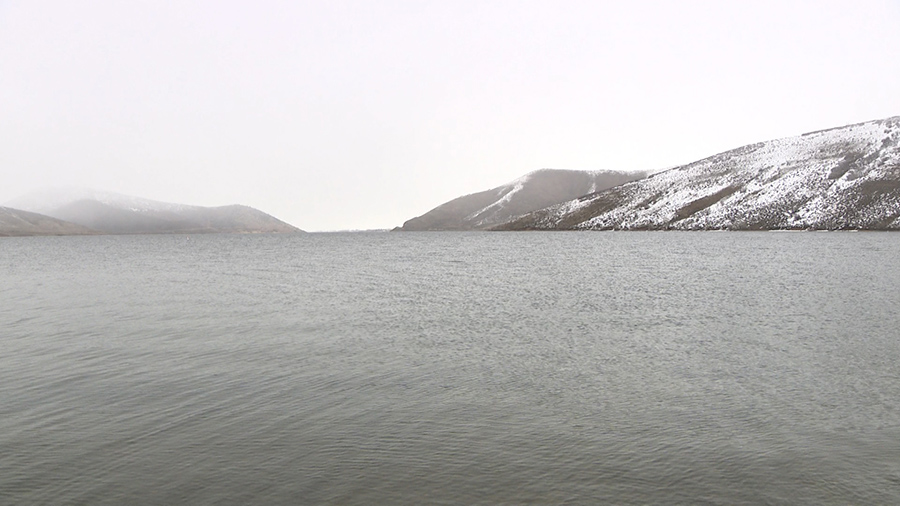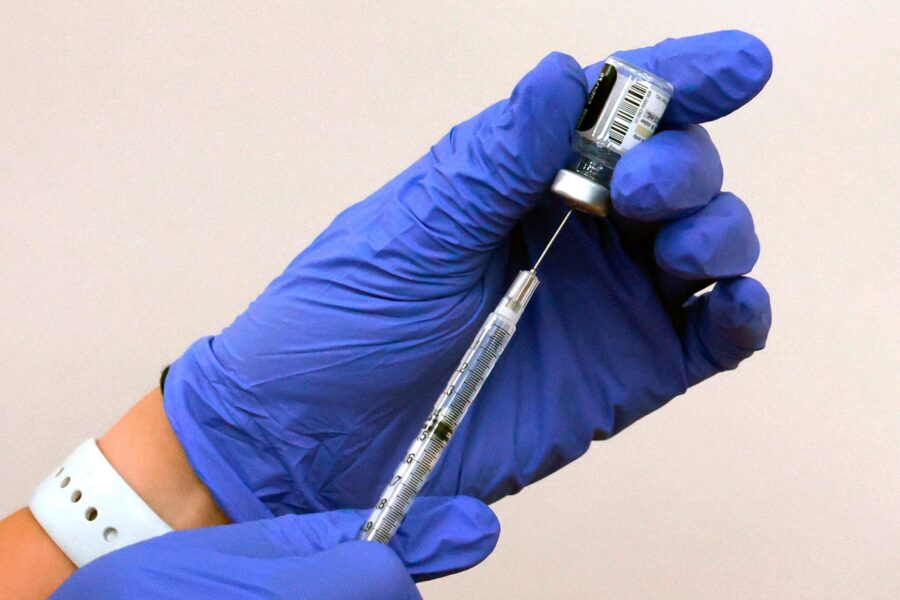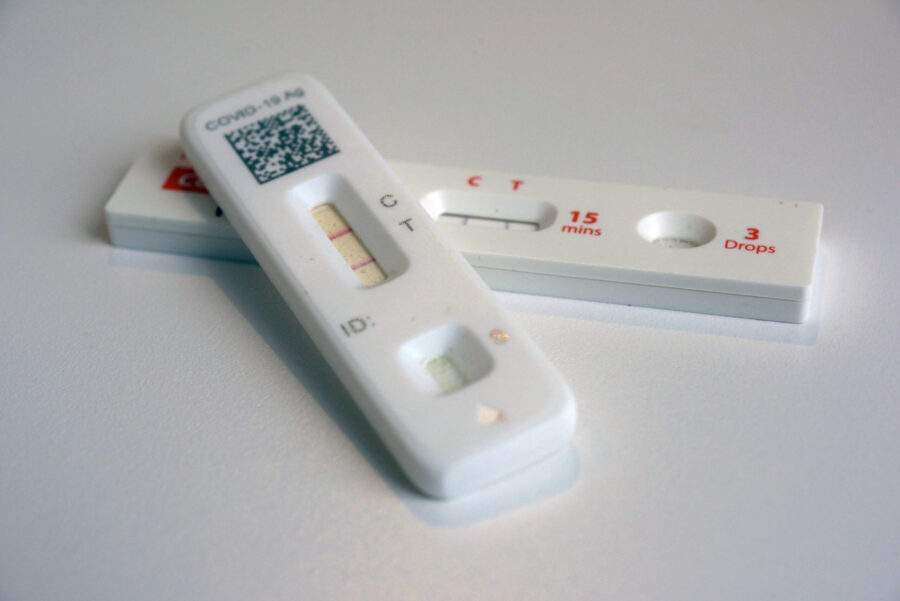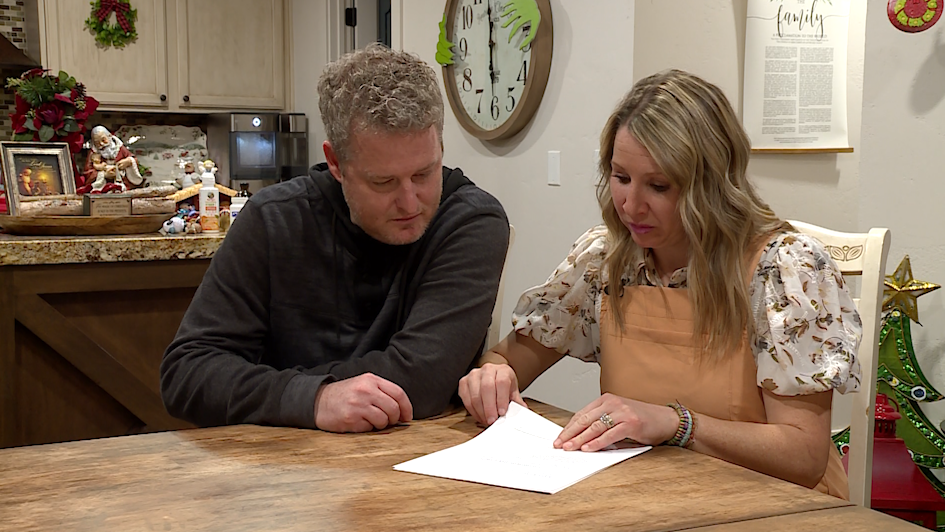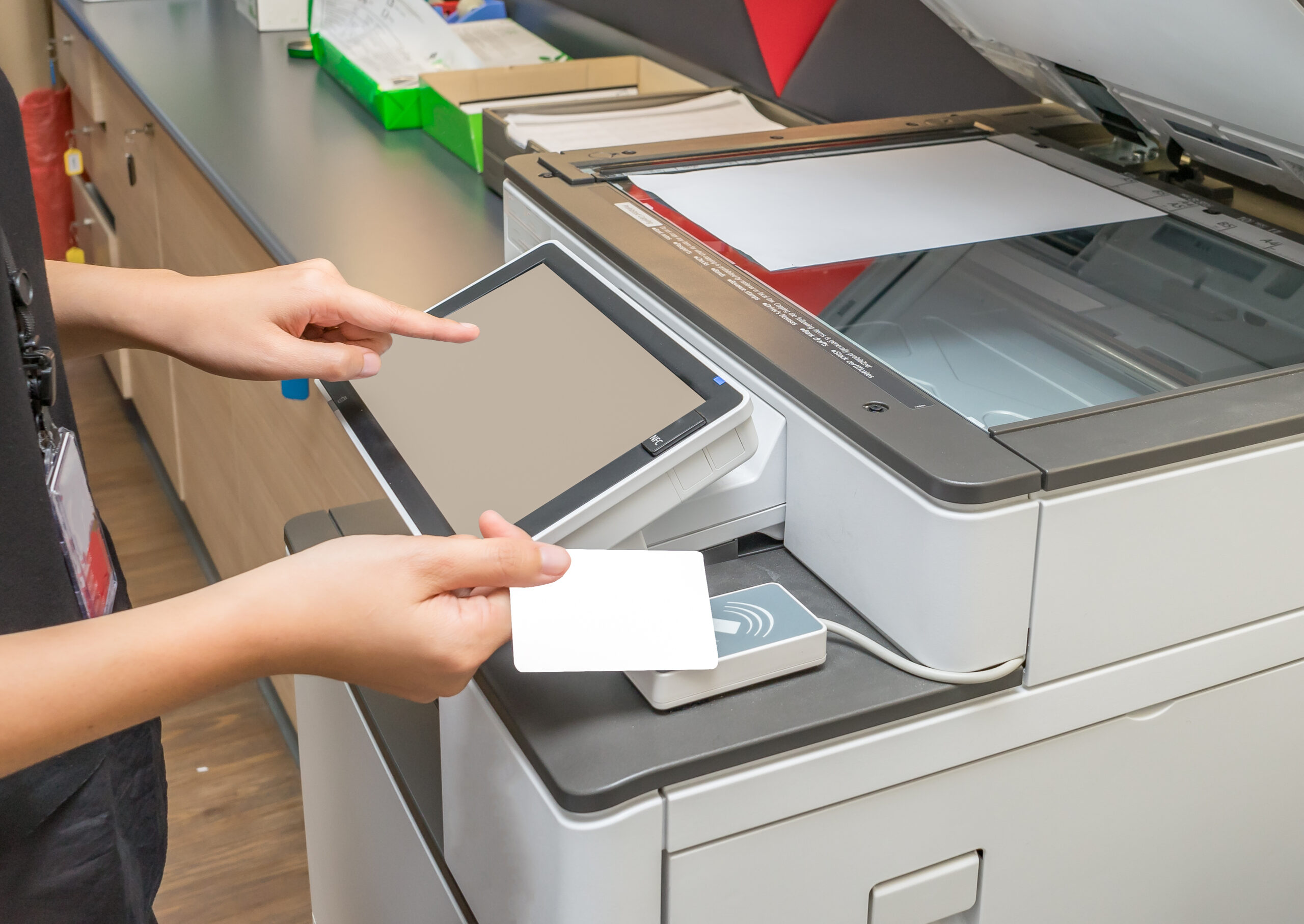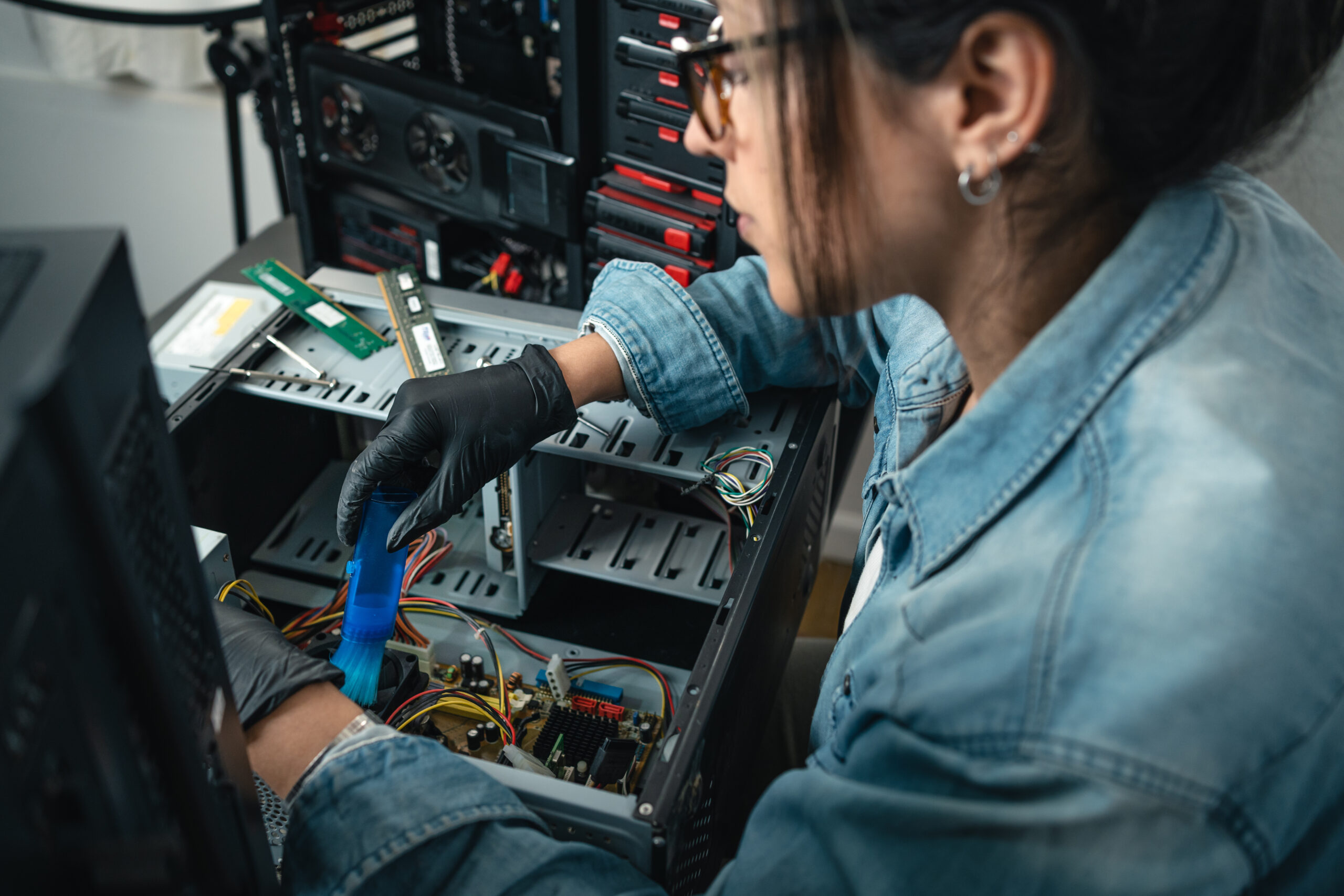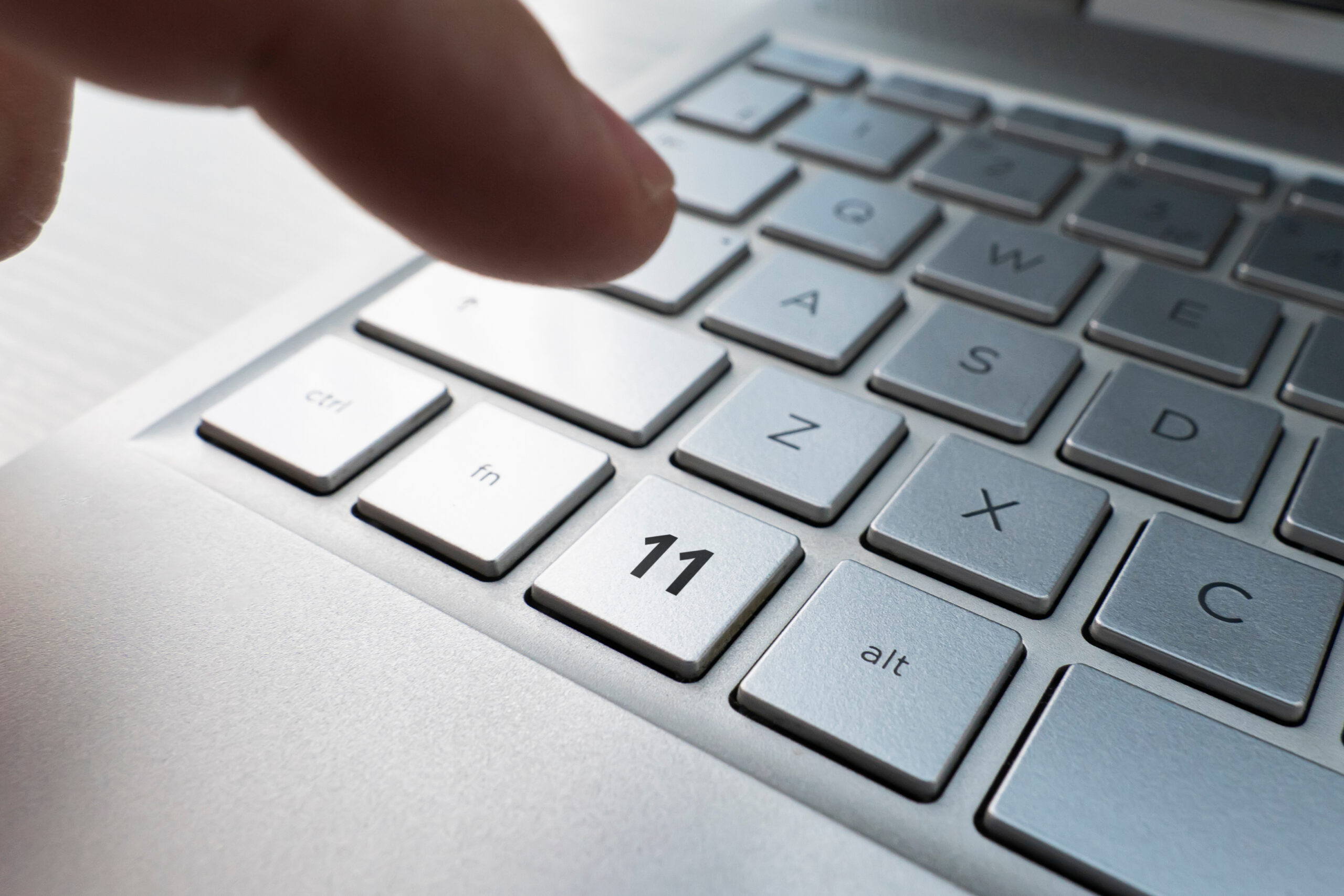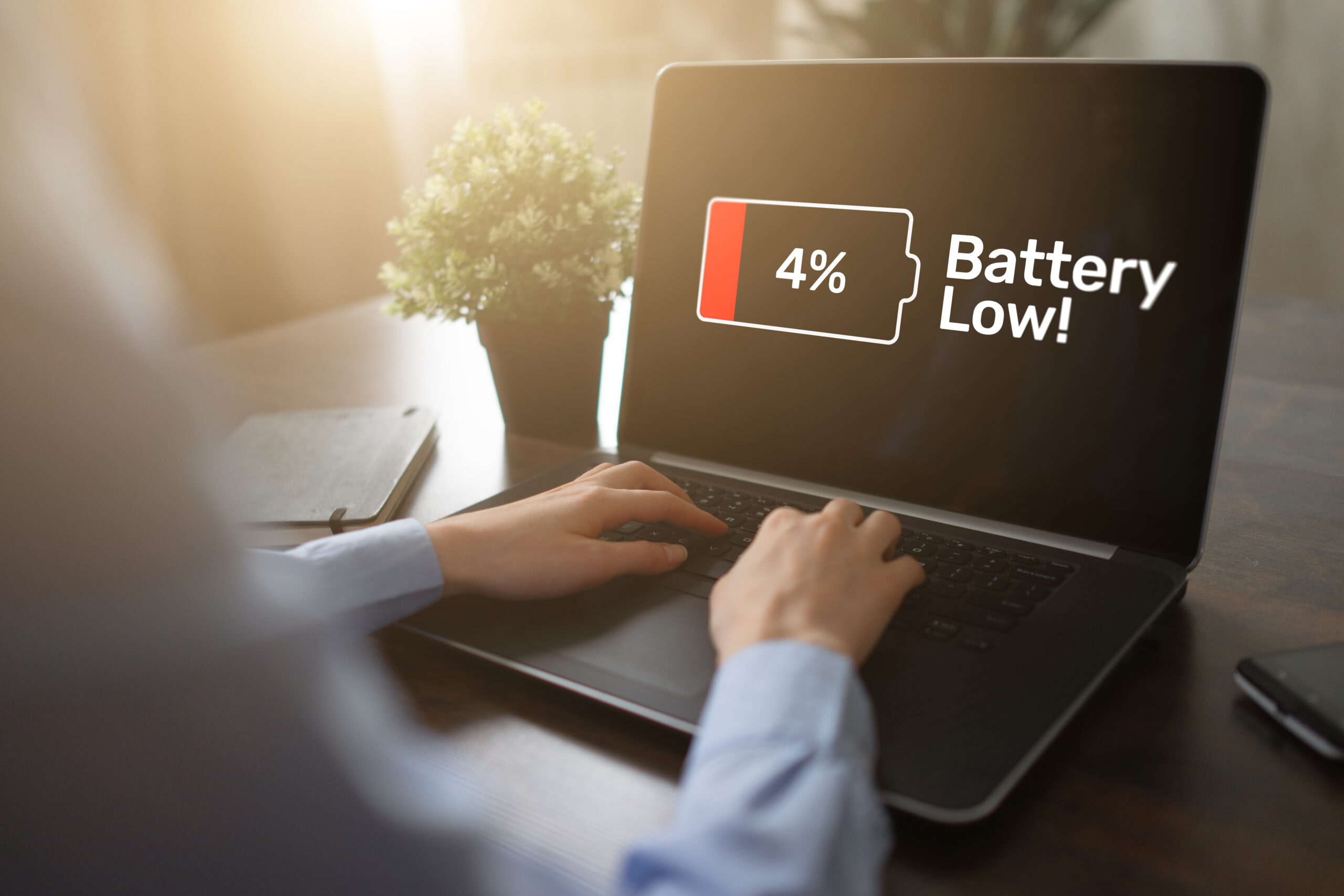Utah Officials Lay Out Plans For COVID-19 Vaccines
Nov 18, 2020, 6:08 PM | Updated: 6:16 pm
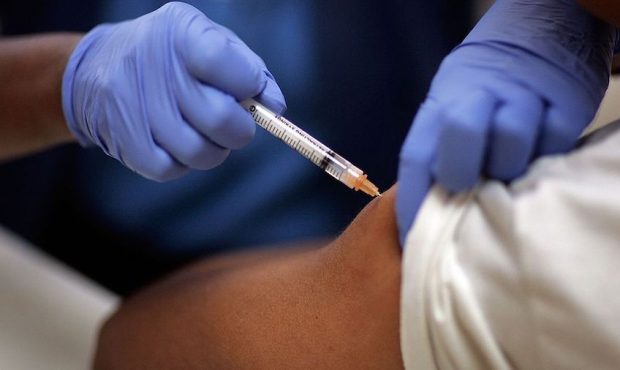
FILE (Photo by Joe Raedle/Getty Images)
(Photo by Joe Raedle/Getty Images)
SALT LAKE CITY, Utah – Following promising announcements on the efficacy and safety of two COVID-19 vaccine candidates, officials with the Utah Department of Health said the earliest doses could arrive in a few weeks.
Rich Lakin, Utah’s immunization program manager briefed reporters Wednesday on the state’s vaccine plan. If all goes well, some of Utah’s front-line health care workers could be immunized by the end of the year.
State health officials wanted Utahns to understand that the vaccine will be rolled out in phases, prioritized by risk level. People who need it the most will get it first, and it will take time.
Both Pfizer and Moderna have reported high efficiency and no serious safety concerns on the vaccines they have in the pipeline.
“This is really good news,” said Lakin. “I want to stress that the efficacy of a vaccine of 95% from both manufacturers is really exciting.”
The amount of vaccine Utah receives will drive the immunization campaign, he said. With about 1% of the country’s population, Utah can expect 1% of the vaccine.
“It could be somewhere around 100,000 doses in the beginning,” Lakin said. But those numbers may change.
First shipments of the vaccines will go to the four major hospitals on the Wasatch Front and Dixie Regional Medical Center in St. George because they can store the Pfizer vaccine at 94 degrees below zero. Some of the vaccine will already be in Utah awaiting federal approval for use.
“Once all of that is approved and we’ve got the clearance to go, the vaccine is at these hospitals and they can start vaccinating their staff,” Lakin said.
Phase 1 could start as early as next month with high-risk health care workers, pharmacy staff and workers in long-term care facilities getting shots from December through February. “It just depends on how much vaccine we receive,” Lakin said.
In Phase 2, high-risk individuals — those over 65 and people with underlying medical conditions — will be vaccinated March through July.
“We’re hitting long-term care facilities pretty heavy because we’ve seen a lot of burden there in addition to the hospitals,” said Lakin.
What about the rest of the general public?
“I still feel confident that all Utahns could start receiving the vaccine in a July time frame,” Lakin said.
However, he said Utahns will still need to keep their guard up and their masks on through the vaccination campaign.
“This is a marathon, not a sprint,” said Lakin. “Even if we have vaccinated from December to July, we’re still going to probably see a high rate of COVID cases.”
Both the Pfizer and Moderna vaccines require two shots. Pfizer’s shots are 21 days apart, while Moderna’s are 28 days apart. That necessity creates some logistical challenges.
“We have to be careful to ensure that those that have received the first dose can also receive the second dose 21 days later,” said Lakin.
Neither vaccine has been tested on people under 18. That’s not exactly the news most parents were hoping for.
“We do not know if it will be approved later for kids,” Lakin said.
Lakin also doesn’t know yet whether the vaccines will provide lifelong immunity, or whether we will need to get this shot periodically.
This is a fluid situation and the state health department will share more when it knows more.
In the meantime, the state has posted what it knows online.
Coronavirus Resources
Have you or a family member been affected by coronavirus issues in Utah? KSL wants to hear from you. Contact us by emailing social@ksl.com.
The latest coronavirus stories from KSL-TV can be found here.
How do I prevent it?
The CDC has some simple recommendations, most of which are the same for preventing other respiratory illnesses or the flu:
- Avoid close contact with people who may be sick
- Avoid touching your face
- Stay home when you are sick
- Cover your cough or sneeze with a tissue and then throw the tissue in the trash
- Wash your hands often with soap and water for at least 20 seconds, especially after going to the bathroom, before eating, and after blowing your nose, coughing or sneezing. Always wash your hands with soap and water if your hands are visibly dirty.
- If soap and water is not readily available, use an alcohol-based hand sanitizer with at least 60% alcohol.
The CDC recommends wearing cloth face coverings in public settings where other social distancing measures are difficult to maintain (e.g., grocery stores and pharmacies), especially in areas of significant community-based transmission.
